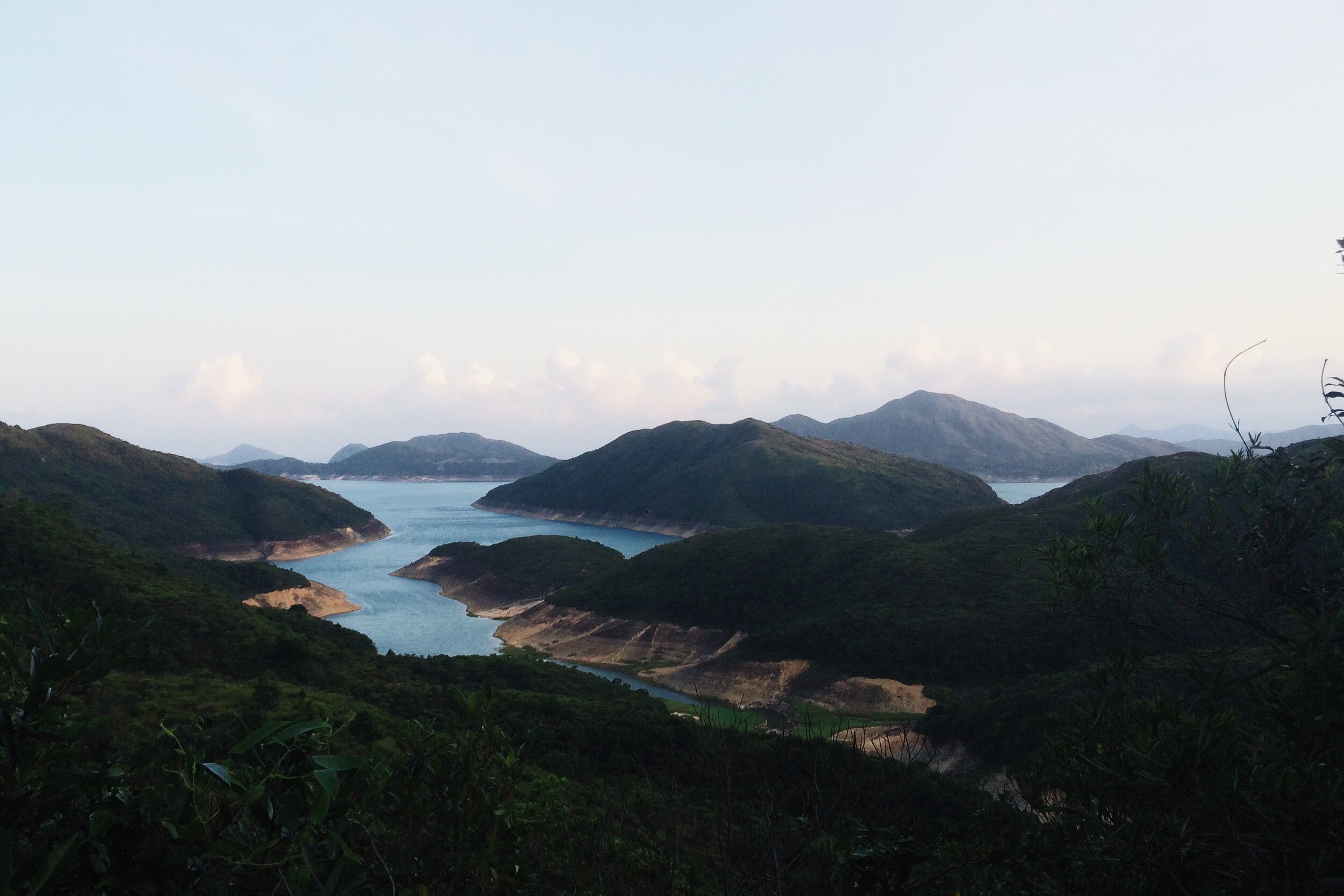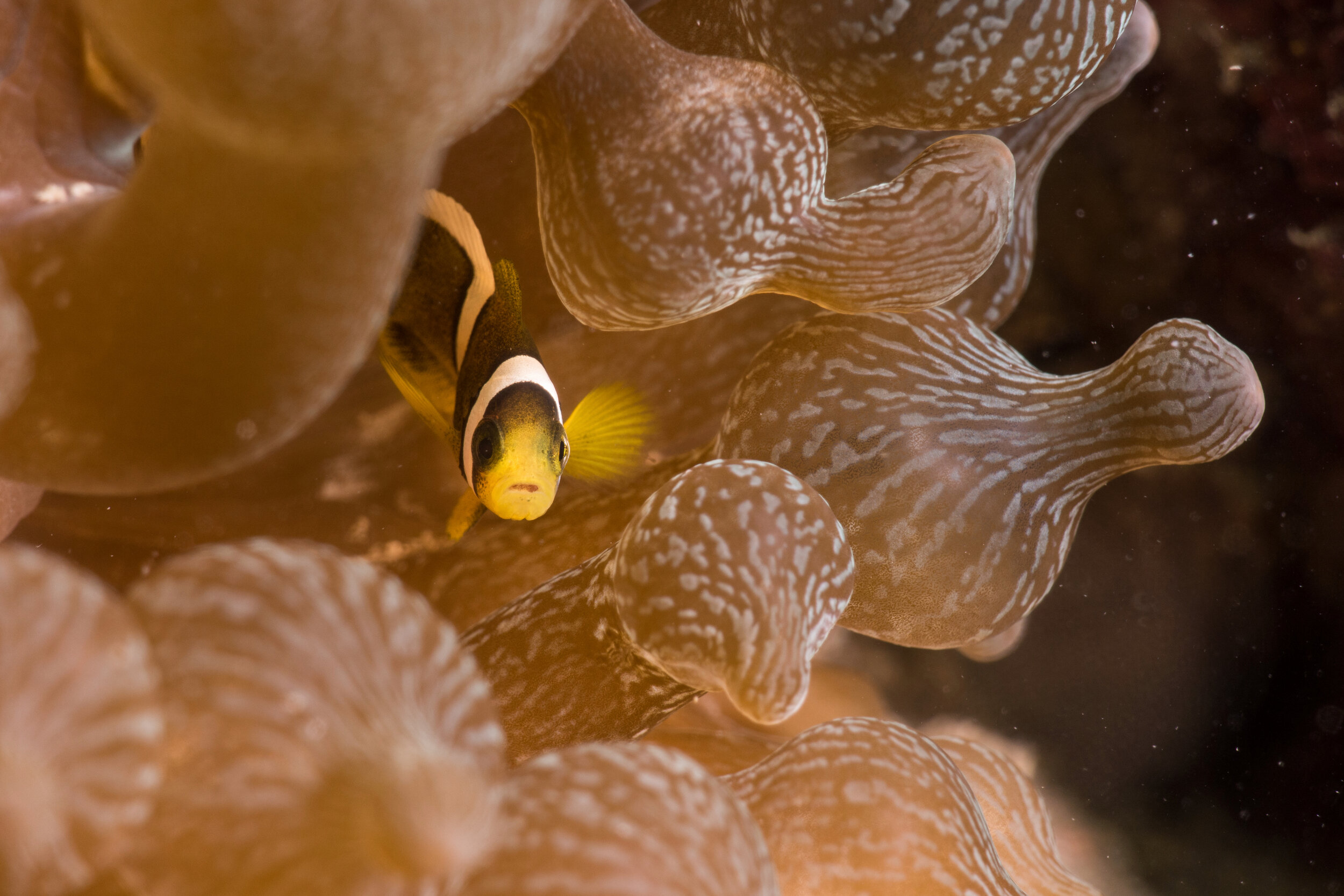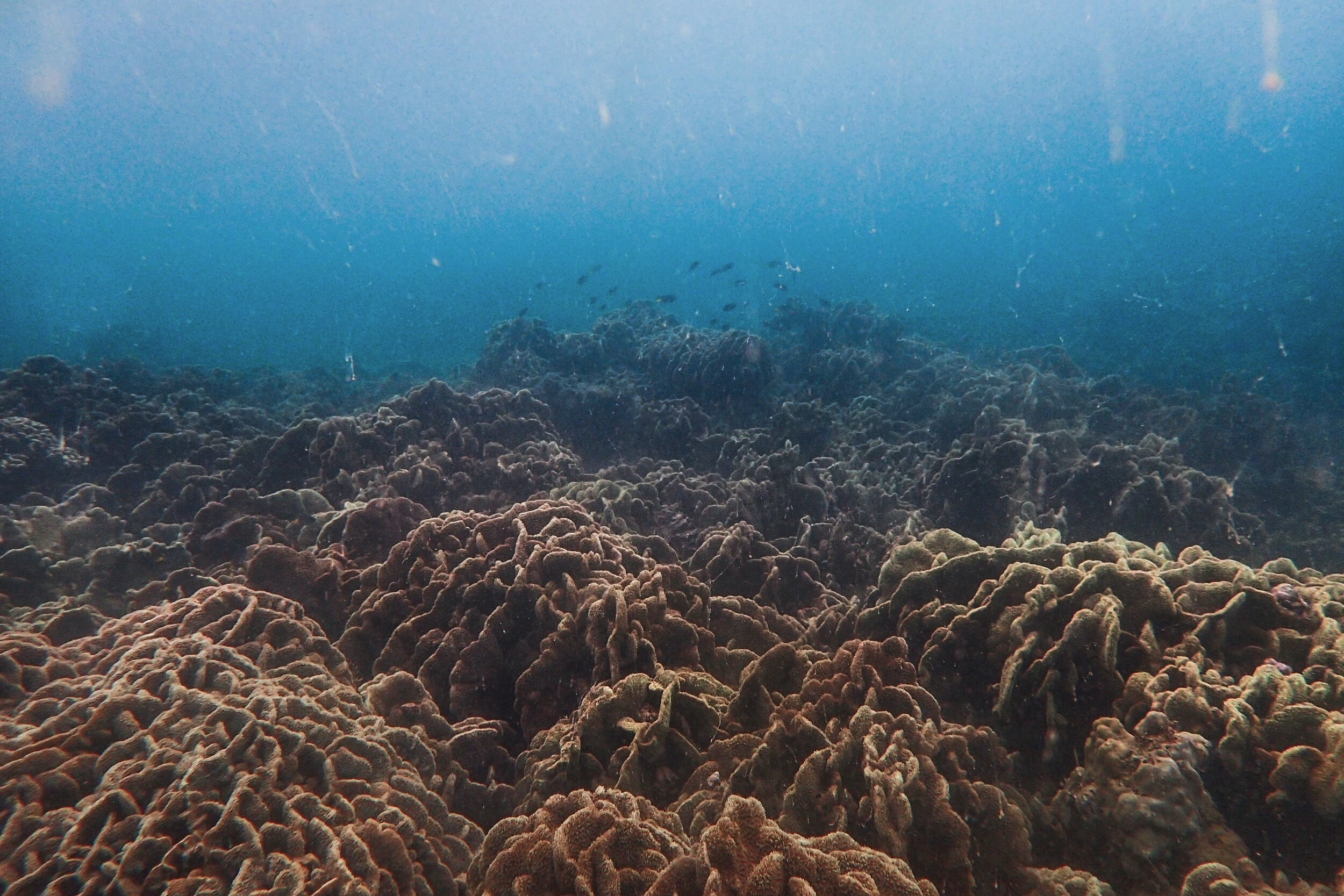Can We Rebrand Cities? SciComm’s Power Against ‘Habitat Blindness’
Cher Chow
For many of us who are both scientifically minded and creative, it can be hard to choose one type of career path over the other. But not for Cher Chow, who believes in the power of artistic tools to enhance science communication for conservation initiatives. In this beautifully written article, she talks about her love of photography, and how science communication can transform the public’s perception of their local cities. Read on to discover how nature may be closer than you realise…
As a marine ecologist and photographer that has spent more than a year studying coral communities and reef fish in Hong Kong, one of the favourite parts of my job is introducing myself to new people. People are almost always surprised.
“Hong Kong has corals?!”
“You mean this place can look like Bali?” They say.
Well… yes and no. But corals do in fact exist in regions that don’t look like your typical tropical paradise, and that includes Hong Kong – a city of over 7 million people. Although Hong Kong has been identified as a marine biodiversity hotspot for China and the South China Sea, and a key location to study coral resilience in the context of climate change, marine habitats are far from making its way into the city’s overall reputation as one of Asia’s financial centres. A quick Google image search reflects the average person’s view, or as I like to call it, the PR of the city: skyscrapers, dense architecture, and food. Nothing ‘wild’ in sight. Of course, with a little exploration outside the glittering lights, the reality may surprise you!
Of course, I am speaking of the situation in Hong Kong as a locally-raised scientist. Even I didn’t know about the diverse, coastal, marine habitats at home until much later. However, this PR struggle is not exclusively a problem here. More and more significant marine habitats are being threatened by increasing coastal development and urbanization worldwide. Not only does development directly threaten these habitats (temperate kelp forests, mangrove forests, seagrass beds, wetlands, and marginal coral communities), but the rise of urban areas erases these natural habitats from public awareness.
Anemone shrimp in Sai Kung, Hong Kong. Photo: Cher Chow.
Conservation action is difficult enough as it is, but for conservationists in urban areas such as Hong Kong, the challenges are even greater when the first hurdle is to raise awareness about the existence of a habitat. This made me reflect a lot about the transition from artisanal fishing and farming to today’s urban disconnect with nature. Fishermen I work with during fieldwork today tell me stories about seas full of fish, seahorses, and Sargassum seaweed when they were young. However, they are a very small minority now. Like many countries over the past century playing a game of development and economic catch-up, the departure from traditional outdoor work has cut out the wilderness from our daily lives, and eventually, culture. This problem is especially evident in areas and cultures where outdoor recreation/education is not popular or accessible anymore. These habitats are reduced to mere stories, which you could call an “extinction of experience”– fewer people now understand what it’s like to even be out at sea and seeing it in its raw entirety. In Hong Kong, a 2017 survey found that less than 15% of surveyed groups across all demographics were aware or concerned about the city’s state of biodiversity. Globally, habitat blindness in urban areas has also been documented in countries such as Switzerland, Canada, and the U.S., signaling a global problem in public awareness.
In conservation, we call this generational amnesia the shifting baselines syndrome. Daniel Pauly, a fisheries scientist at British Columbia, used this concept to explain the way societies kept on reestablishing norms and thresholds for fish abundance. More recently, Peter Kahn described that our definitions of ‘healthy nature’ were constantly in flux. Without direct contact with ‘big nature’, it becomes more difficult for people to see local conservation needs objectively. In the scientific community, we solved that problem for ourselves by collecting baseline data. However, who is doing this accessibly for the public?
There is a treasure trove of life, if only you know where to find it. // Hello, fellow Hong Kong resident. Photos: Cher Chow
The answer is science communication (#SciComm)! Although Peter Kahn suggests that ‘big nature’ encounters are needed to reconnect individuals with the wilderness, this is not possible for some city-dwellers. Venturing into the outdoors is not as accessible as we would hope, as outdoor education and equipment in many urban areas is still an economic privilege. Because of this, I am a firm believer in SciComm’s ability to give people a similar immersive experience. With the availability of (relatively) free publishing space on the internet, SciComm is a lot more accessible for both the communicators and the audience. The power to transport people to scenes of incredible beauty are no longer confined to institutions such as media agencies, journalists, or government bodies.
One such natural scene of incredible beauty. Photo: Cher Chow
This ease of publishing and sharing photos so easily comes with its own sets of challenges for scientists and conservationists, but I think it fares far better than the challenges of creating a photo and getting a platform for said photo! These last few years, challenges range from finding favor in feed/search algorithms to securing followers’ attention. But, I think it’s important to remember how doable it is to reach an audience now. SciComm doesn’t have to be solely on the shoulders of scientists. In addition to the freedom and access to public outreach, it’s also become an incredible tool to connect diverse talent and minds – scientists, conservation advocates, creatives, lawyers, economists. You name it. I love that most scientists have their own Twitter or Instagram accounts! A question is just a DM away, and what we see on a daily basis can be shared. Classrooms can even get matched with a scientist on Skype a Scientist for a video call chat.
I’m here to encourage conservationists, scientists, photographers, and creators (or people who are all of the above!). Writing this article as a marine ecologist was made possible by SciComm– even though I had little access to my own city’s outdoors and wild habitats, having access to beautiful nature documentaries when I was young led me to this career. We have such a powerful tool to stop more habitat blindness, and it is working! During the Hong Kong biodiversity survey in 2017, researchers found that younger demographics were far more likely to be aware and concerned about conservation. Why? They were exposed to far more resources and… you guessed it, SciComm! And back in 1997, proposed developments in the habitats of the Indo-Pacific humpback dolphin and endemic Romer’s tree frog thrust them into icon status through concerted media campaigning by conservationists. It was really effective SciComm, before the term even existed. Today, these animals are now some of the highest priority species when it comes to the government-managed conservation schemes of Hong Kong.
How good do these urban corals look? Photo: Cher Chow
So, to conservationists and urban residents alike – please don’t give up on your city’s biodiversity! In fact, these neglected and threatened habitats may even hold important information regarding resilience research for habitats around the world, helping us prepare for the threats posed by climate change and pollution. If you don’t know where to start, I urge you all to seek out a local conservation or citizen science group in your area! Or even just tweet a local scientist and ask where the best spots for nature appreciation are. It might just take a harder look, whether in real life or on social media, but these habitats and their residents need some of the spotlight and Insta-fame for a change.
This article was written by Cher Chow (周馥溢), a creative/scientist hybrid, STEAM advocate and masters student at the University of St Andrews. She loves fish :D especially moray eels. You can follow her on Twitter and Instagram as @cherrradactyl. For other photos and blog posts by her, check out her http://cherchow.com







